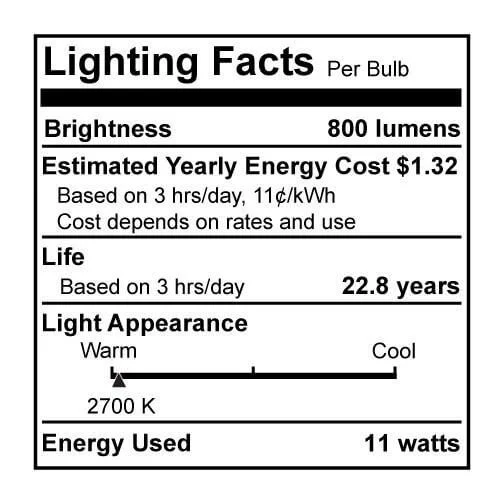Human Health
As our nights get brighter and brighter, scientific and medical communities are increasingly recognizing the importance of true darkness.
We need the dark, and yet because of artificial light, most of us no longer experience truly dark nights. Humans have evolved to the rhythms of the natural day and night cycles. Exposure to artificial light at night confuses our circadian rhythms - the physical, mental and behavioral changes all organisms experience cyclically.
Our internal clock tells us when we should eat, when we're at our best, and when we should sleep. Exposure to artificial light at night can lead to depression, heart disease, sleep disorders, cancer, and obesity.
The color of light also has consequences. LED lights emit greater amounts of blue light, and Kelvin scales (ranging from 2,000 to 6,500) measure light’s apparent color temperature. The higher the kelvin number (k), the bluer and cooler the light. Blue-rich light is increasingly known to be harmful. The AMA (American Medical Association) affirmed this in a policy statement wherein they stated that exposure to cooler blue-rich LED street lighting has been shown to be five times more disruptive to our sleep cycle than street lighting more yellowish in tone.
In the United States and many other countries, all packaging for new light bulbs provides correlated color temperature information (It may be referred to as “light appearance"). The CCT, measured in kelvins (K), will be indicated by a number and a marker on a scale ranging from “warm” on the left to “cool” on the right. At night, you should select warm bulbs with low CCT to minimize exposure to blue-rich light that will disrupt melatonin production. Look for bulbs rated at 3000 K or lower that can be dimmed. During the day, we need bright light to support a healthy circadian rhythm. Select “cool” (i.e., bluer) light sources for daytime interior use in the spaces you work in and use most often. It’s best to have these lights at a higher light level during the day to mimic the natural daylight cycle.







